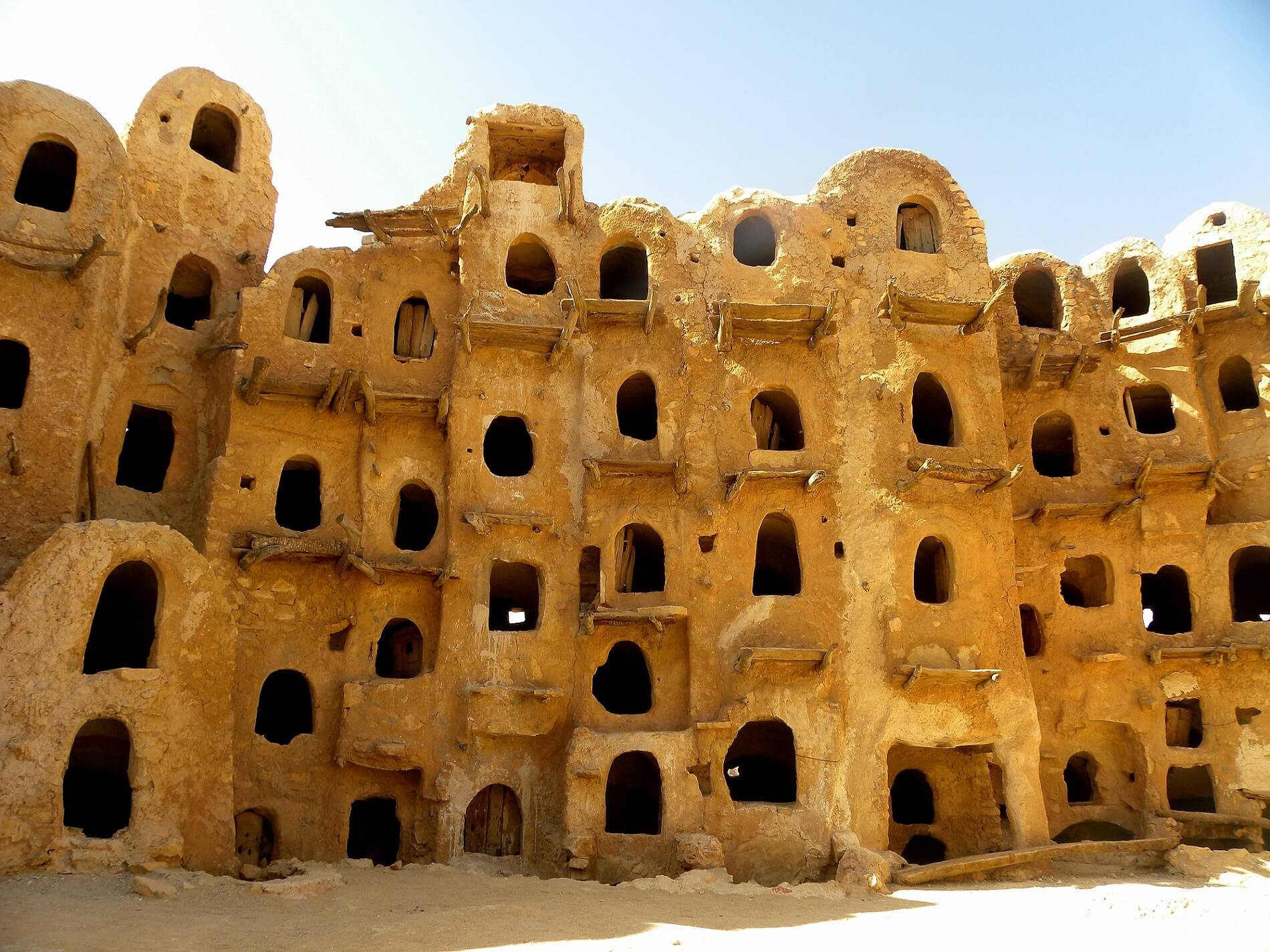On 19 December, Jérôme Tubiana and Claudio Gramizzi published for Small Arms Survey’s Security Assessment in North Africa (SANA) in co-production with Human Security Baseline Assessment for Sudan and South Sudan (HSBA) and Conflict Armament Research a very interesting report on Southern Libya. Entitled ‘Lost in Trans-nation : Tubu and Other Armed Groups and Smugglers along Libya’s Southern Border’, the report builds on ‘Tubu Trouble: State and Statelessness in the Chad–Sudan–Libya Triangle’, written by the same authors and published by the Small Arms Survey and Conflict Armament Research in June 2017 (Tubiana and Gramizzi, 2017). The report explores the issue of lawlessness in Southern Libya and provides an analysis of the different groups evolving in this area and their strategies. It is based on field research carried out in Niger in February–March 2017 and April 2018, as well as interviews conducted in Chad in May–June 2017 and January 2018, and in Europe in 2017–18.The relevance of the report is high given the increasing tensions and violence in Southern Libya and the difficulty to understand the motives of the different actors and the issues at stake in the area. For the authors, Southern Libya is characterized by its ‘lawlessness’ and the presence of ‘autonomous, yet fragmented ethnic militias in control of southern Libya’s border’. The strategic nature of the area then ‘prompts northern Libyan forces as well as the governments of neighboring and European states to pursue alliances with them’, analyse Tubiana and Gramizzi. Among their main findings, the authors note that :
By pressuring Niger to criminalize migrant smuggling and block migrants in or on their way to southern Libya, European states have contributed to a series of destabilizing dynamics. Specifically, their policies have: aggravated risks for migrants, as trafficking is now concentrated among fewer, more abusive actors, especially in Libya, where migrants from West Africa and elsewhere are systematically kidnapped for ransom, or forced into debt bondage, labour, or prostitution; caused migrant smugglers to ply more treacherous routes or engage in more dangerous activities, such as drug trafficking, jihadism, and insurgency; fuelled corruption among Nigerien forces and exacerbated tensions between Niger’s government and its northern communities, which are largely dependent on migrant smuggling for their livelihoods; and empowered Libyan and Sudanese militias.
The authors develop their argument in four sections. First, the authors build the profile of the Tubu militias, situating the Tubu within the broader international political context as well as in Libya’s complex politics and history. Then, the authors focus on Libya’s southern neighbors and the strategies they have developed in the area. Drawing on, they provide an analysis of the strategic area of the Agadez-Fezzan corridor, the route between the Sahel and Libya and a place of important illegal trade and migration. Lastly, the fourth section presents data and analysis of regional weapons flows to support some of the findings discussed in the previous sections.Click here to read the report.

